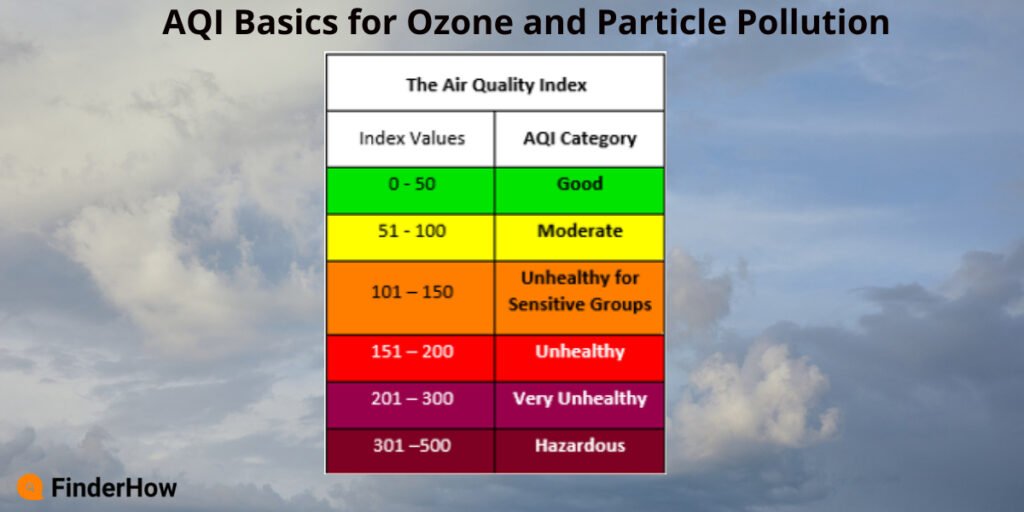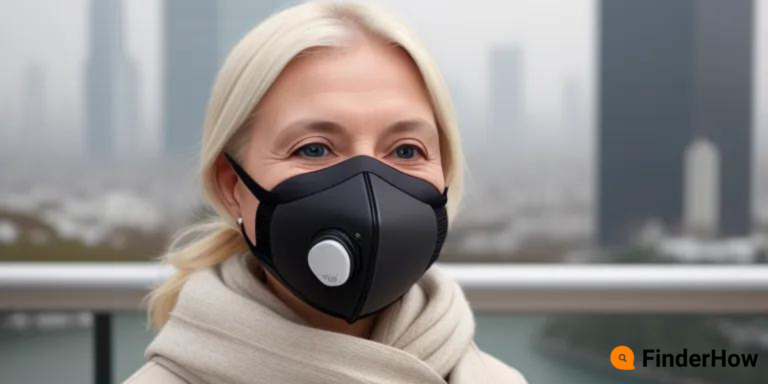What is an Air Quality Alert?
Air quality is a crucial aspect of our environment that affects the health and well-being of all living beings. However, with the increase in industrialization and human activities, air pollution has become a major concern for us all. An air quality alert is a warning issued by government agencies to inform the public about the potential health risks associated with poor air quality. In this blog post, we will discuss what an air quality alert is, why it is important, and what you can do to protect yourself.
Why Air Quality Alert is Important:
An air quality alert is important because it helps people make informed decisions about their health and safety. Poor air quality can cause respiratory problems, heart disease, and other health issues. It can also have a negative impact on the environment, including damage to crops and wildlife. By issuing an air quality alert, government agencies can inform people about the potential risks associated with poor air quality and provide recommendations on how to stay safe.
What is an Air Quality Alert:
An air quality alert is a notification issued by government agencies when the air quality in a particular area reaches levels that may be harmful to human health or the environment. These alerts are usually issued during periods of high pollution caused by factors such as wildfires, industrial activities, or weather conditions. Measured by U.S. Air Quality Index (AQI). The alerts may include recommendations on how to reduce exposure to pollutants and protect your health.

Five major pollutants
- ground-level ozone
- carbon monoxide
- particle pollution (also known as particulate matter, including PM2.5 and PM10)
- sulfur dioxide
- nitrogen dioxide
Each of these pollutants has a national air quality standard set by EPA to protect public health:
What You Can Do:
There are several things you can do to protect yourself during an air quality alert. These include staying indoors as much as possible, closing windows and doors to prevent outdoor air from coming in, using air filters or purifiers to remove pollutants from indoor air, and avoiding outdoor activities that require heavy breathing. If you must go outside, consider wearing a mask or respirator to reduce your exposure to pollutants.
Conclusion:
Air quality alerts are an essential tool for protecting public health and the environment. By understanding what they are and how they work, you can take steps to protect yourself and your loved ones from the harmful effects of air pollution. Remember to stay informed about air quality in your area and take action to reduce your exposure to pollutants. Take action today to reduce your impact on the environment and improve air quality. Consider using public transportation or carpooling, reducing energy consumption at home, and supporting policies that promote clean air and sustainable living. Together, we can make a difference in protecting our health and the environment.


